Scars
Scarring is common in hand injuries and after surgery. Scar tissue is high in collagen and has less elasticity compared to normal skin. The role of a scar is to stabilise/secure. Scars can be painful, sensitive, numb, raised, flat and vary from white to red.
Scarring can also be classified as either immature or mature and they may be normal, hypertrophic, keloid or a combination. Each type of scar is amenable to therapies especially compression and mobilisation.
Unfortunately scarring is messy, like superglue and the fibres are laid down in a disorganised pattern. They also don’t discriminate between what should be stuck together (wound edges) and what shouldn’t be (skin to tendons), this is known as adhesions. In the hand adhesions are a big problem for tendon gliding, in the knee it can lead to reduced knee bend and increased swelling, and after breast surgery it can reduce the ability to raise your arm above your head.
Common symptoms:
- Pins and needles or numbness in the hand or fingers
- Weakness in the hands, including grip strength
- Pain in the hand, fingers or forearm
- Reduce dexterity, increased clumsiness
- Reduced circulation and poor tolerance to cold/heat
- Waking at night due to pain/tingling/discomfort
- Swelling on one side of the scar due to interrupted circulation
Potential causes:
- Hand and wrist fracture
- Direct impact or injury of the nerve in the hand (e.g. cut)
- Past history of hand and wrist injuries
- Injuries in the other parts of the arm e.g. elbow and shoulder
- Injuries in the neck (cervical spine)
- Sustained compression eg sleeping with elbows or wrists flexed
- Falling asleep with one arm over the back of a chair (saturday night palsy)
- Repeated weight bearing on wrists eg with typing or cycling
Assessment:
Subjective assessment: We will ask you about your hand and wrist injury, how and when it is limiting you, your daily activities and preferred sports, your general health and other potential factors that may contribute to your concerns. We will also ask you what activities you enjoy and what your goal is.
Objective assessment: We will look at your hand and palpate around the area. We will look at your hand and wrist movement and your grip strength. We will look at the rest of your body including your elbow, shoulder, neck and core to see if they are contributing to your condition. We may perform special tests to pinpoint where your limitations may be coming from.
Treatment:
- Education regarding your symptoms and how to manage/reduce them
- Ultrasound
- Shockwave therapy
- Silicone therapy
- Compression/Pressure therapy
- Neural mobilisation
- Muscle and/or other soft tissue release
- Activity modification
- Custom made thermoplastic or neoprene splint, casting if needed
- Taping
- Dry needling
- Home exercise program including stretching, movement and strengthening exercises
Plan:
From the moment we meet you, we are planning an individualised and holistic approach to help you reach your goal and be your best!

Rehabilitate, Educate, Innovate.
Providing excellence in physiotherapy from assessment to diagnosis, treatment and rehabilitation